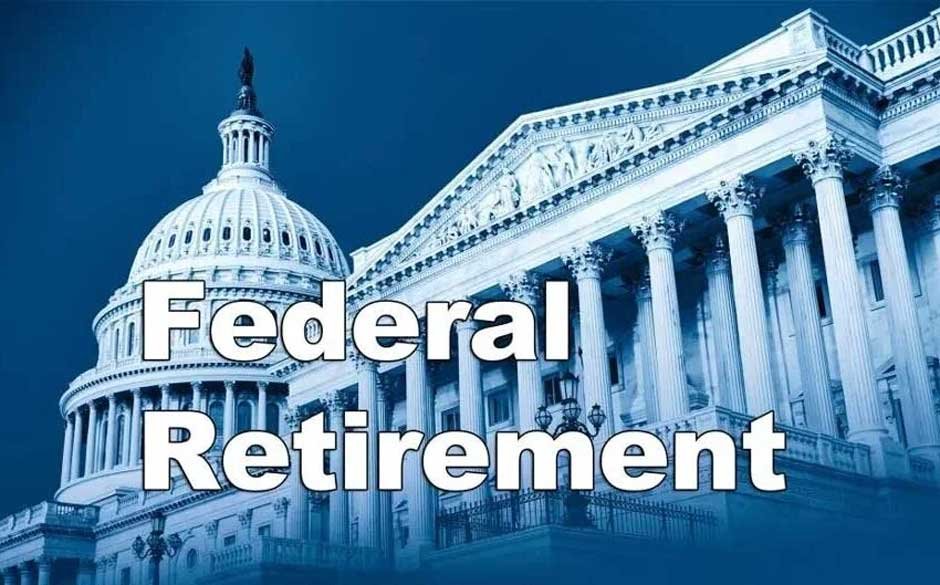Retirement planning plays a key role in every federal employee’s financial future. Learning about your options early supports better decision-making and reduces unexpected setbacks. Whether new to federal service or nearing retirement, staying informed and taking action throughout your career helps ensure greater security, confidence, and readiness for the years ahead.
Understanding the MRA retirement age is a key factor in federal retirement planning. Your eligibility depends on your age, years of creditable service, and your retirement system, whether it is FERS or CSRS. For those under the Federal Employees Retirement System (FERS), the retirement age plays a major role in determining when you can begin receiving an annuity. Knowing this benchmark allows you to estimate your timeline and make more accurate financial plans.
Know Your Federal Retirement System
Federal employees are typically covered by one of two retirement systems: the Civil Service Retirement System (CSRS) or the Federal Employees Retirement System (FERS). CSRS was designed for employees hired before 1984, while FERS applies to those who began their federal service in 1984 or later. Each system has its own rules, benefit calculations, and eligibility criteria.
Understanding which system applies is essential for accurate retirement planning and benefit tracking. This classification affects how your pension is calculated, whether you are eligible for Social Security, and what other savings strategies may be needed. Knowing your retirement system also helps you navigate annual service statements and plan for milestones like eligibility age and minimum service years.
Understand Your Eligibility
Retirement eligibility isn’t just about reaching a certain age. It also involves meeting service requirements. For example, some employees may be eligible for immediate retirement with as little as 10 years of service if they meet the MRA retirement age requirement. However, retiring with fewer years of service may result in reduced benefits.
Eligibility also depends on your retirement system and the type of retirement you are planning—whether it’s immediate, early, deferred, or disability retirement. Knowing the criteria for each type helps ensure your expectations align with actual benefits. Reviewing your service history and verifying it with your agency can prevent delays or miscalculations during the retirement process.
Key Financial Tools for Federal Retirees
To retire comfortably, you need more than just a pension. The federal government provides several tools to help you build long-term financial security. These include:
- Thrift Savings Plan (TSP):Similar to a 401(k), it allows employees to contribute pre-tax and Roth dollars.
- High-3 Average Salary:Your pension is calculated based on your highest average pay over any three consecutive years.
- Sick Leave Credit:Unused sick leave can increase your years of service for pension calculation.
- Survivor Benefits:Options are available for providing ongoing support to a spouse or dependent after your death.
Maximizing these tools requires a thorough understanding of how they interact. For example, contributing consistently to your TSP can significantly supplement your annuity. Likewise, knowing how to estimate your High-3 salary average can help protect your pension with greater accuracy.
Steps to Take Five Years Out
The five years leading up to your retirement are critical. This period allows you to fine-tune your plan and make adjustments to avoid last-minute issues. Use this time to check your service records, update your beneficiaries, and schedule consultations with your HR or retirement counselor.
Also, consider the following steps:
- Review your creditable service history and verify that all service is accurately recorded.
- Estimate your pension and TSP income using official calculators.
- Understand your Federal Employees Health Benefits (FEHB) options in retirement.
- Decide whether to elect a survivor annuity and how it affects your payout.
This phase is also the time to reduce debt, increase savings, and think seriously about your post-retirement lifestyle. The decisions you make now will directly affect your retirement income and security.
Retirement from federal service marks the beginning of a new planning phase. Managing income, healthcare, and potential part-time work becomes essential. Many retirees explore relocation or downsizing based on lifestyle needs and expenses. Continued access to benefits like FEHB and FEGLI depends on meeting eligibility rules. Social Security, Medicare, and TSP withdrawals also play a role. Preparing for these changes ensures a smooth and fulfilling transition into post-retirement life.










